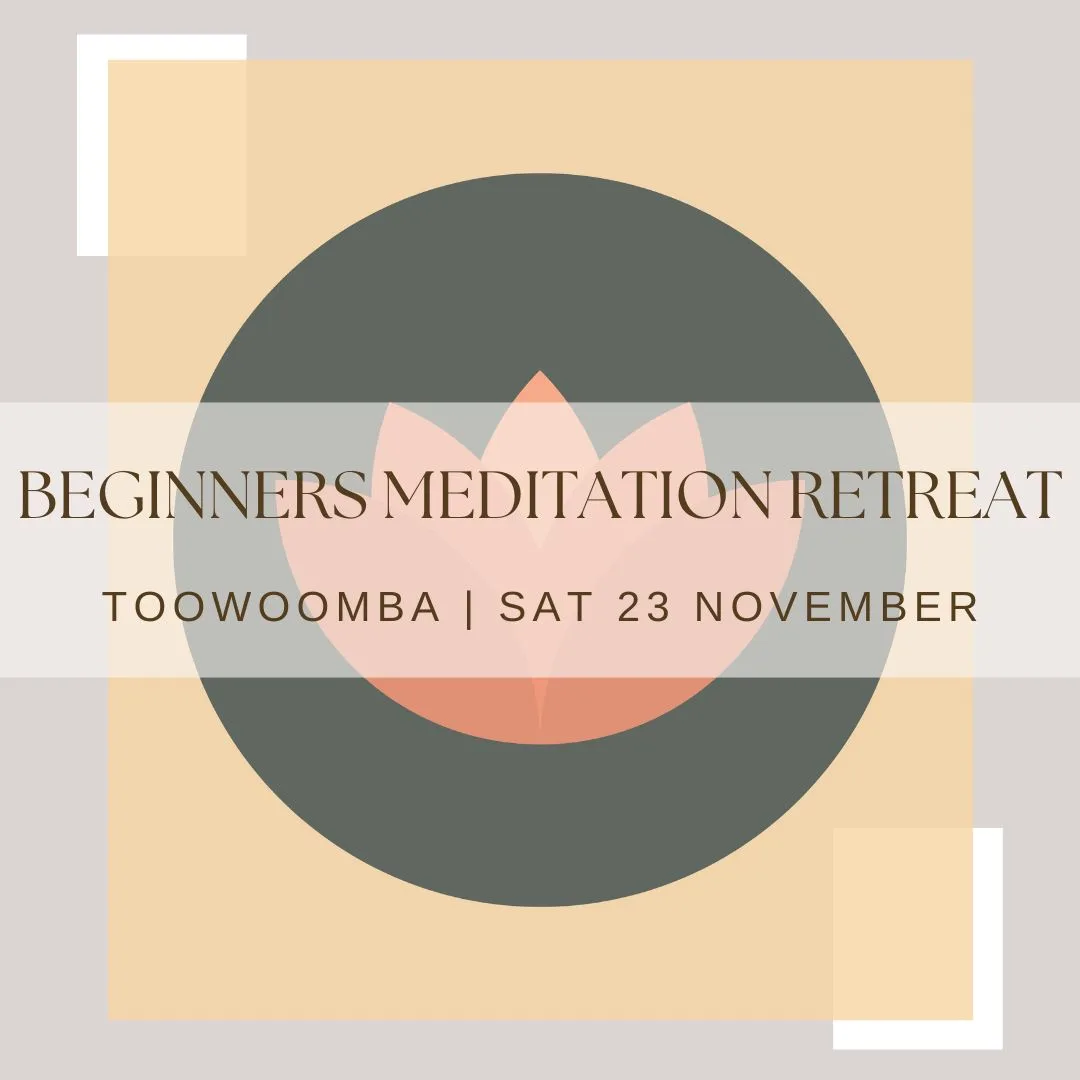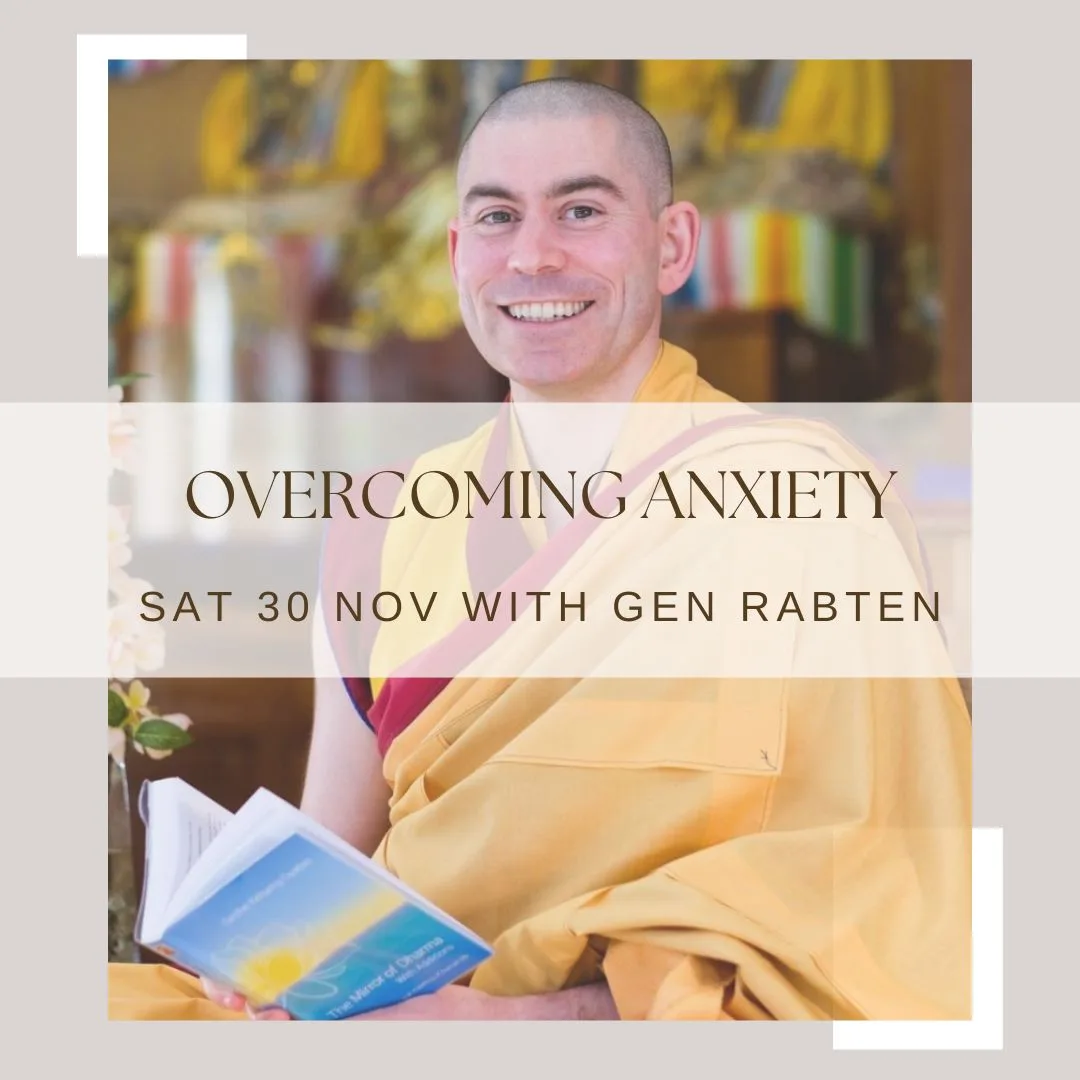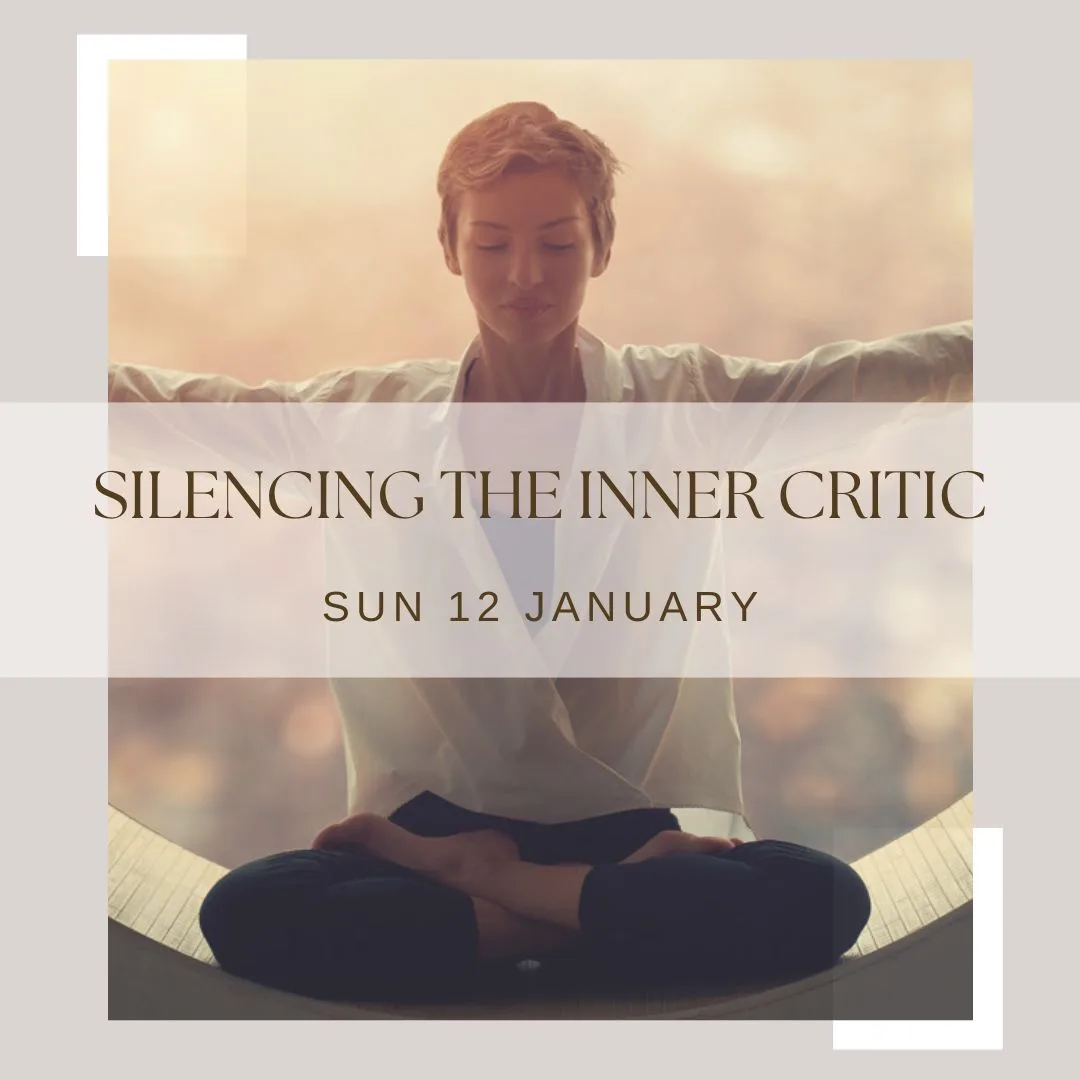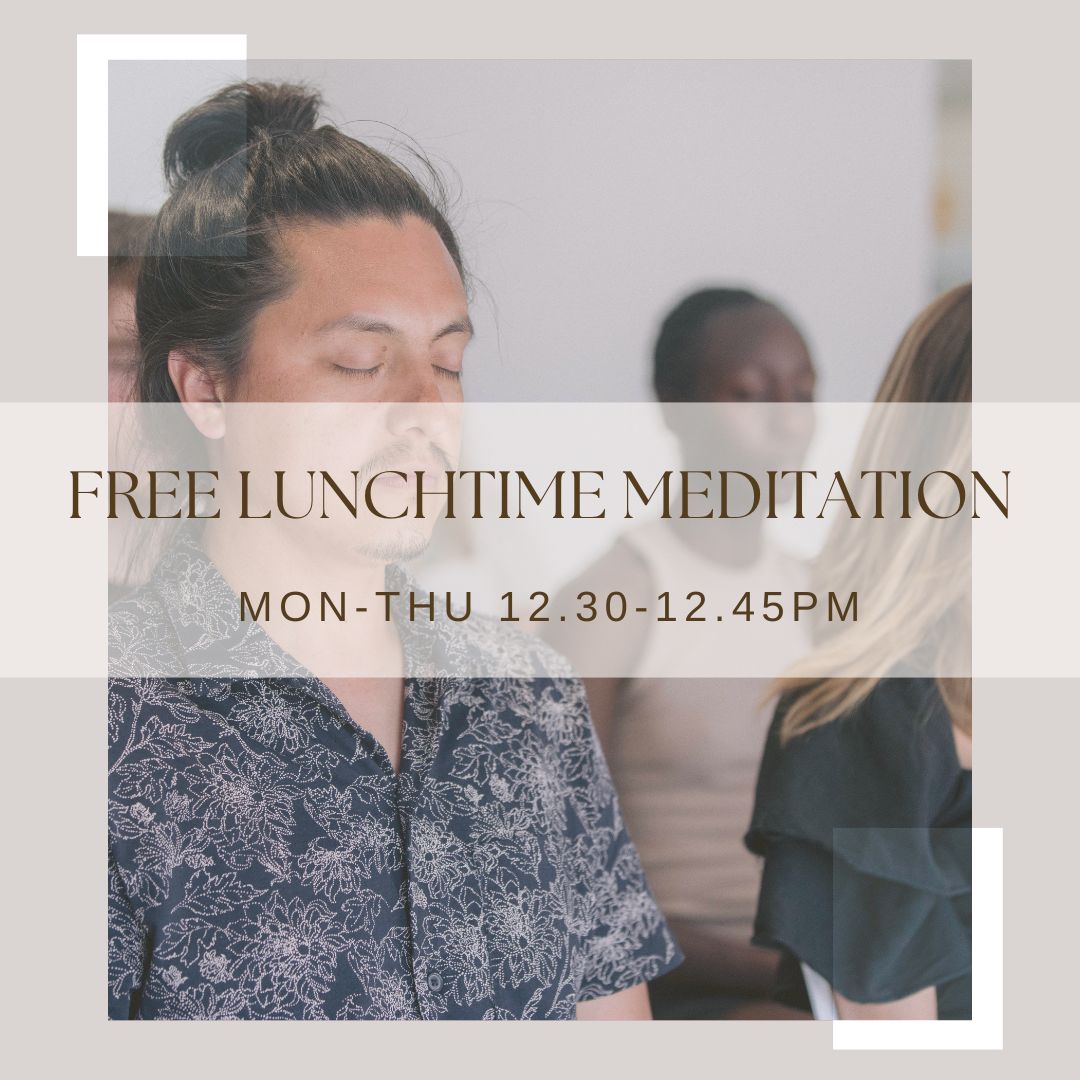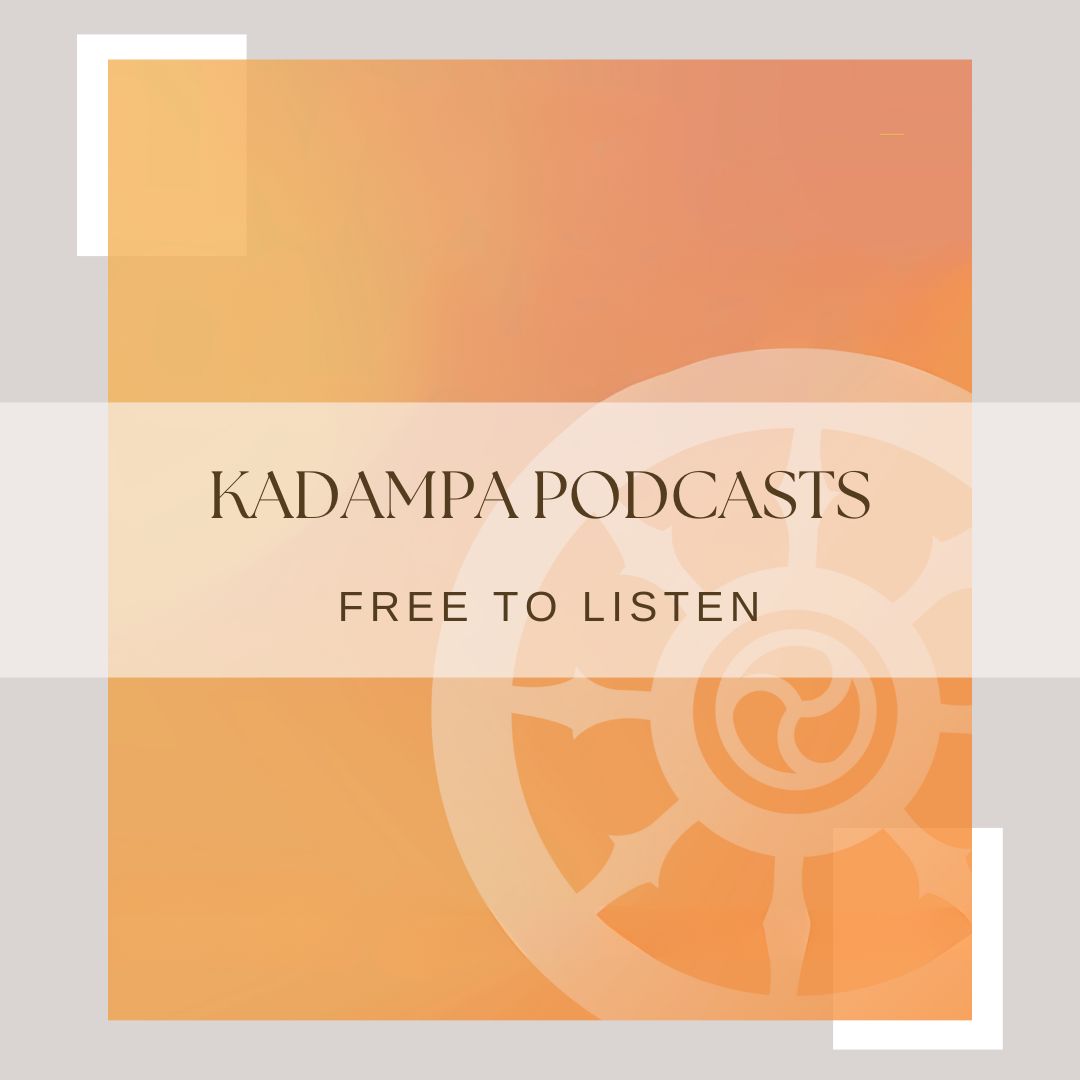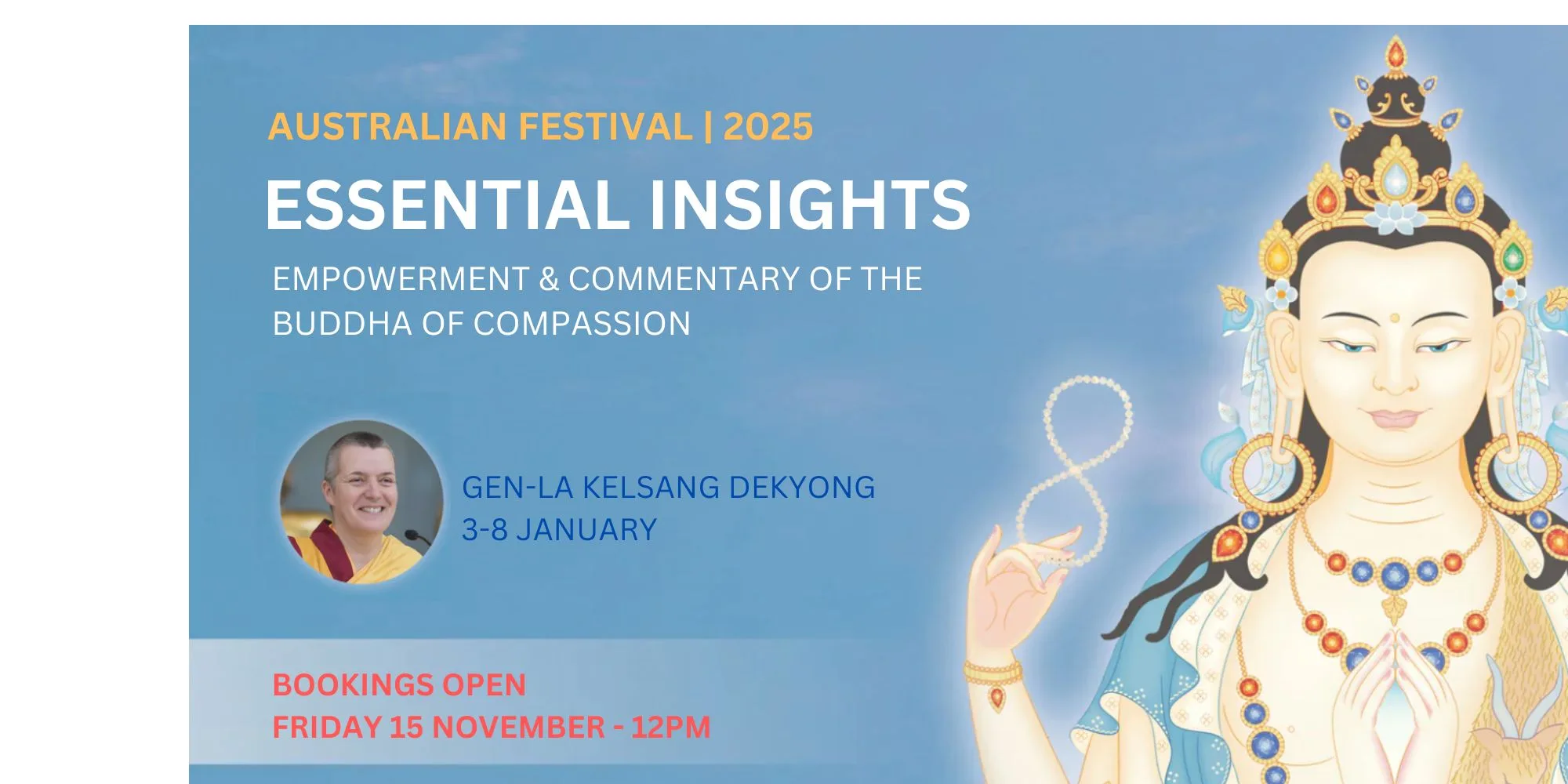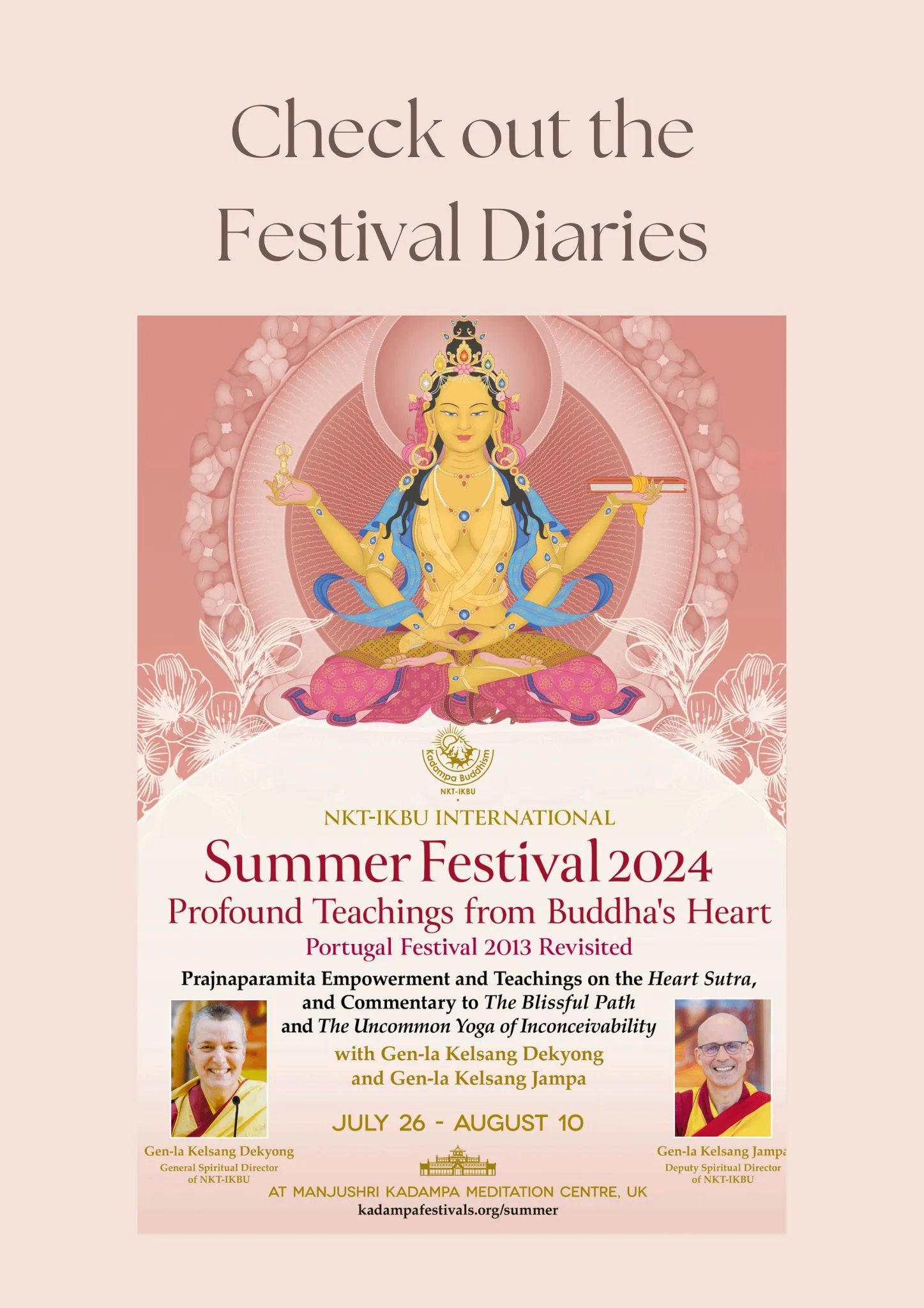Kadampa Meditation Centre Brisbane is dedicated to bringing peace and happiness to the people of Brisbane and Queensland. Our classes, workshops and retreats teach people how to develop peaceful, positive states of mind, leading to greater well-being, fewer problems in daily life, and more happiness. Through sharing the ancient wisdom of Buddhist meditation, we wish to inspire and empower modern people to reach their full spiritual potential in order to be of greatest benefit to their family, friends and the world.
Our meditation Centre is located on the edge of Brisbane CBD, five minutes walk from central station, and houses the extraordinary Kadampa Temple for World Peace. Our modern space is a peaceful oasis with air-conditioning and sound-proofing. Seating is available on comfortable chairs or meditation cushions on the floor.
The Centre includes a gift and bookshop, and provides a relaxed environment in which people from all walks-of-life can discover the benefits of meditation and modern Buddhism for themselves. Everyone is welcome!

